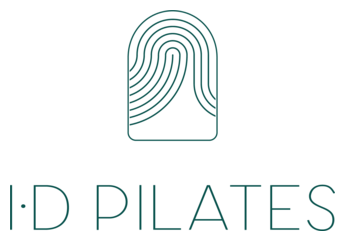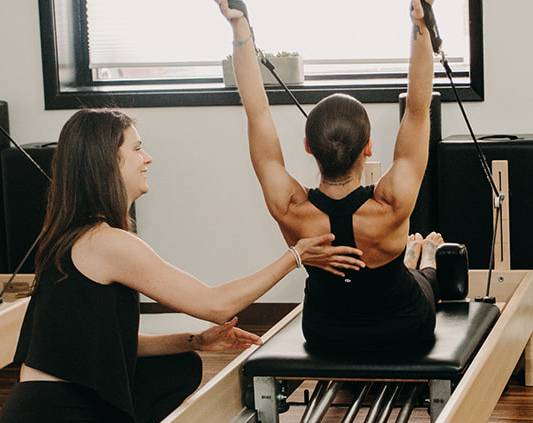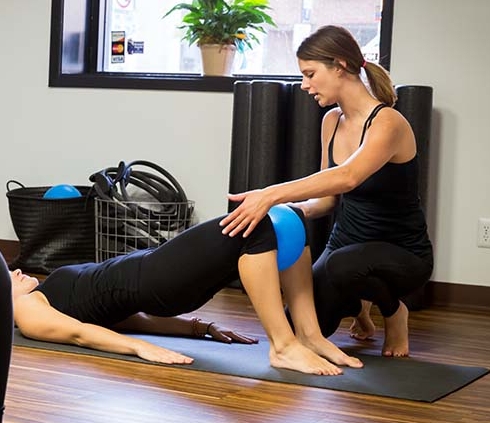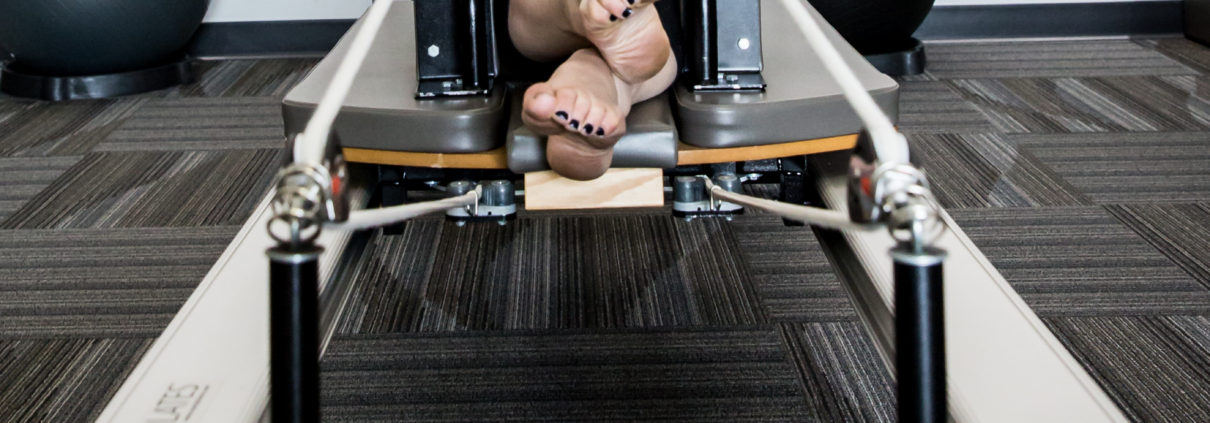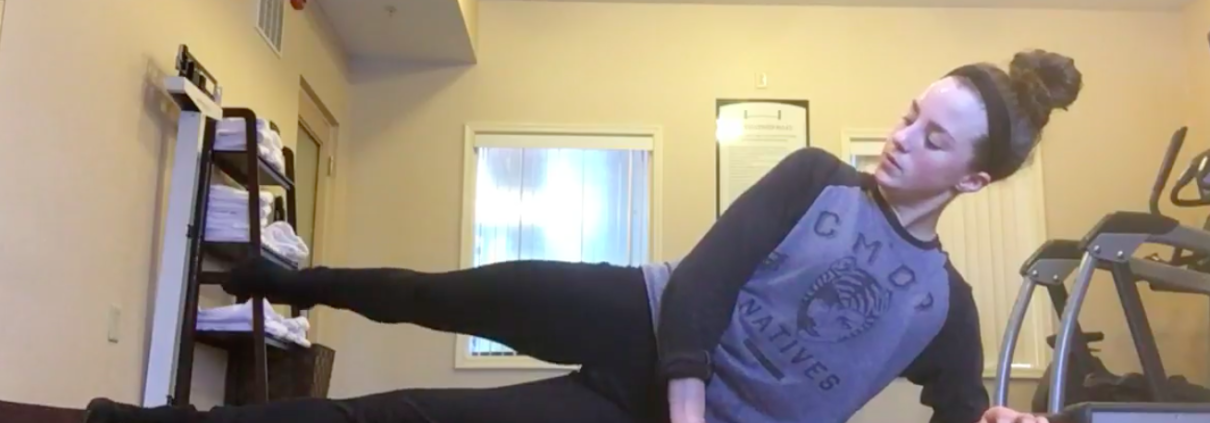 Introducing our first ever intensive Pilates Instructor Certification program: The Long + Lean Pilates Mat + Reformer Intensive Teacher Training!! This intensive training will take place over two weeks in the Spring of 2019 and provide you with your Pilates Fundamentals, Mat and Reformer training including over 60 hours of in-studio instruction, practice teaching, studio observation, and mentorship with a senior instructor. Taking part in this intensive training gives you all of the knowledge and skills you need to become a well-informed instructor who can provide safe, fun, and effective Pilates sessions and classes.
Introducing our first ever intensive Pilates Instructor Certification program: The Long + Lean Pilates Mat + Reformer Intensive Teacher Training!! This intensive training will take place over two weeks in the Spring of 2019 and provide you with your Pilates Fundamentals, Mat and Reformer training including over 60 hours of in-studio instruction, practice teaching, studio observation, and mentorship with a senior instructor. Taking part in this intensive training gives you all of the knowledge and skills you need to become a well-informed instructor who can provide safe, fun, and effective Pilates sessions and classes.
The Long + Lean Mat + Reformer Intensive Teacher Training Includes:
- 60+ hours of in-studio instruction with owner Hayley Sullivan
- In-depth anatomy text and workbooks
- Manuals for Fundamentals, Pilates Mat, and Pilates Reformer
- Detailed descriptions of how to teach both classical and contemporary Pilates repertory
- How to work with people with injuries and pathologies
- Training in movement and postural analysis
- Assistance in cueing style and how to be an efficient and dynamic instructor
- Mentorship with a senior Long + Lean Pilates instructor
- 50% off all classes and private sessions at Long + Lean Pilates
“The certification program at Long + Lean truly goes above and beyond in teaching the Pilates repertory. Throughout my training there, I gained so much knowledge in proper biomechanics and healthy movement patterns that prepared me to teach in numerous settings since moving to New York City. Hayley’s attention to detail and focus on the anatomy within Pilates really sets this program apart. I could not recommend it enough!” – Sydney Hale, Instructor at Erika Bloom Pilates
Our first intensive training beings Sunday May 19th and will run through Sunday June 2nd. Over these two weeks, there will be 3-5 hours of required studio instruction every day (excluding Memorial Day) as well as opportunities to take and observe classes at the studio.
The cost of the workshop is $2,300, with payment plans available for qualifying students. Spots are limited. To apply for a place in the training, send your resumé and a brief description of why you would like to become a Pilates instructor to hayley@longandleanpilates.com.
